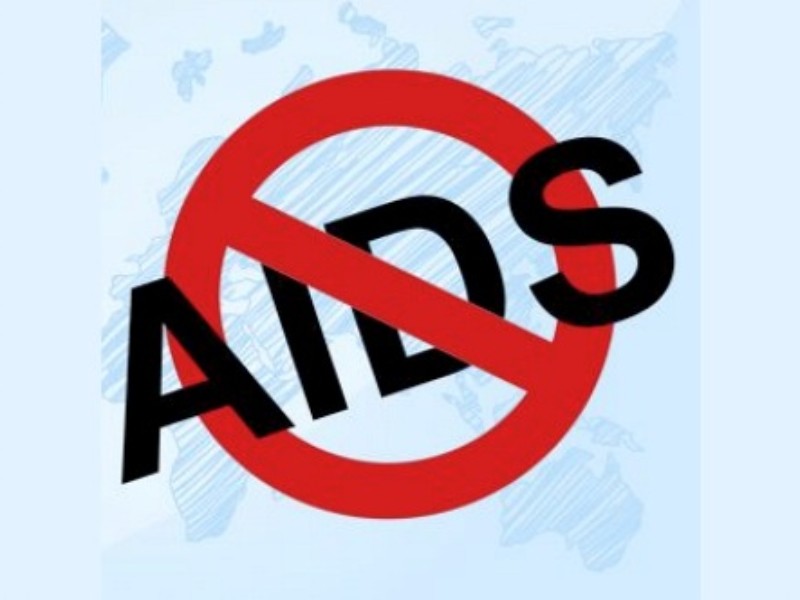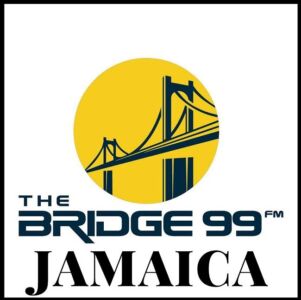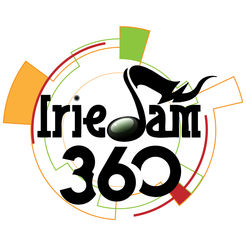
HIV down except among men who have sex with men
THERE has been a general decline in HIV prevalence among selected populations, except among men who have sex with men.
Data on Jamaica’s HIV/AIDS status was presented yesterday by director of treatment, care and support in the National HIV/STI Programme, Dr Nicola Skyers at the opening ceremony for the Pan American Health Organisation (PAHO) Treatment 2.0 Mission at the University of the West Indies, Mona campus.
“When we look at our prevalence among selected populations, we see the overall decline in all groups except our MSM (men who have sex with men) population,” Dr Skyers said.
The selected populations included antenatal clinic attendees, sexually transmitted infection clinic attendees, female sex workers, men who have sex with men, inmates, homeless people and drug users.
“(For) the antenatal clinic attendees, we have moved… from 0.9 per cent prevalence in 2009 and in 2013, we were reporting 0.7 per cent; STI clinic attendees down from 2.8 (per cent) in 2010 to 2.4 (per cent) in 2013; we have some studies that are yet to be completed that will give us some new data for our sex workers and our men who have sex with men,” Dr Skyers said. “Our inmates (moved) from 2.2 per cent in 2010 to 1.9 per cent in 2013,” she said.
The HIV prevalence among the homeless and drug users has dropped from 12 per cent in 2010 to four per cent in 2013. The available statistics for female sex workers also showed a decline from 4.9 per cent in 2008 to 4.2 per cent in 2011, while the data available for men who have sex with men showed HIV prevalence at 32 per cent in 2011.
However, Dr Skyers admitted that though the high HIV prevalence among MSM is a challenge, they do recognise that the “challenge with our data in that we are accessing MSM in the lower SES (socio economic status), so the output could be somewhat biased and hopefully the methodology that we will be using with this current survey will engage a more representative sample of the population, so we are hoping to see a decline”.
Although the parishes with the highest prevalence of HIV remained those considered urban areas and those in the tourism belt, Dr Skyers also reported that Jamaica has maintained a prevalence below two per cent for the last five to 10 years and has also noted a decrease in the number and percentage of people who are unaware of their HIV status. This was formerly reported at 50 per cent over the years, but Dr Skyers said with the new spectrum estimated that Jamaica was at 30 per cent being unaware of their status.
In the meantime, acting permanent secretary in the Ministry of Health, Dr Kevin Harvey, welcomed the external and local partners at such a timely juncture.
“Jamaica is in a critical stage of the HIV response and as the evidence emerges to what are the best practices in terms of managing and mitigating the HIV response, Jamaica has demonstrated the ability to shift and change and to make the necessary adjustments in the response, to meet the targets and to have the greatest impact on those who are infected and affected,” Dr Harvey said.
The five areas that will be discussed in detail during the PAHO Treatment 2.0 Mission include optimising drug regimen, accessibility to HIV diagnosis and monitoring at the point of care, information systems and programme monitoring, rational and efficient use of financial resources/drug and other comorbidities strategic procurement mechanisms, and appropriate and accessible HIV services, including TB-HIV integrated care.
jamaica observer





















